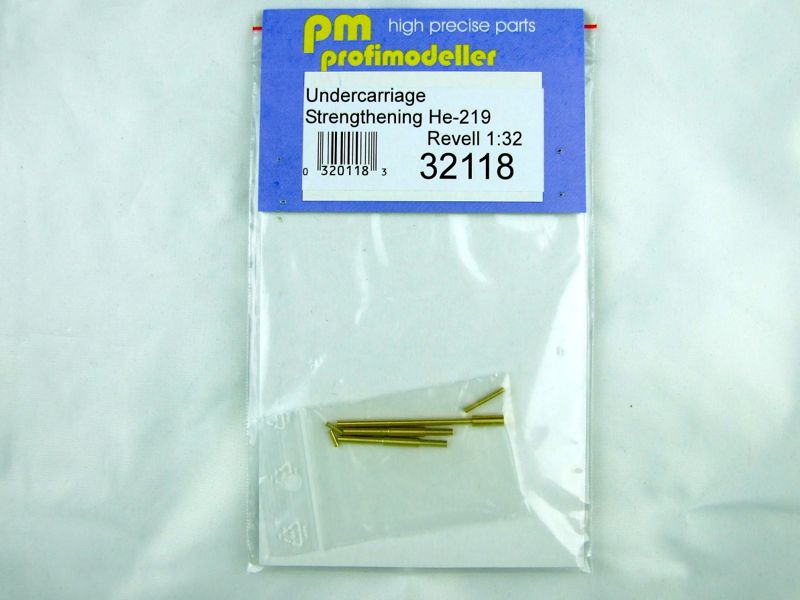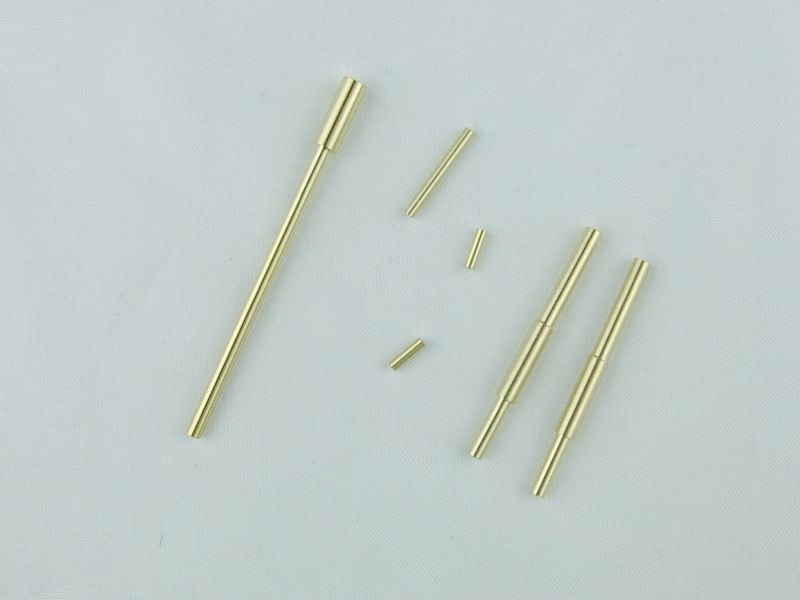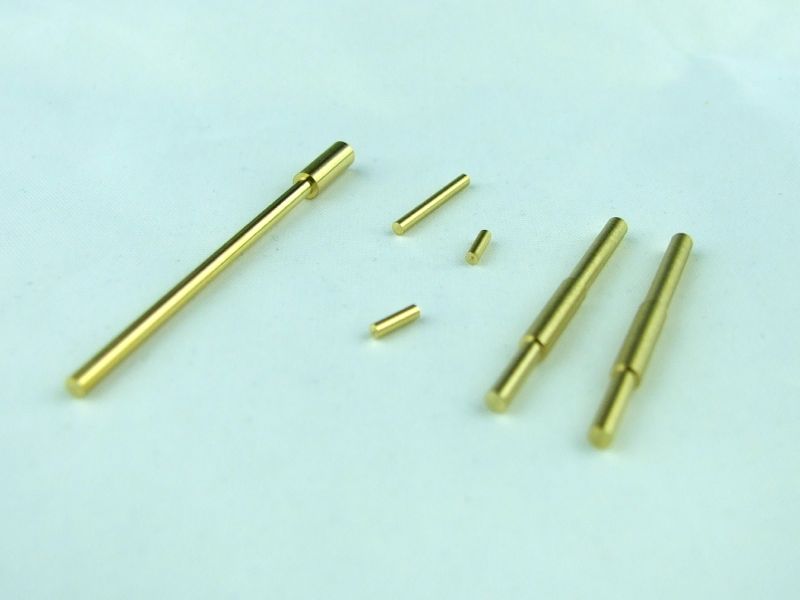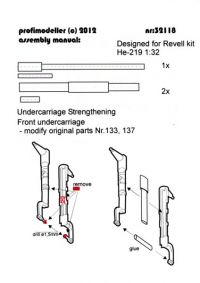Profimodeller | #32118: Undercarriage Strengthening He-219
Reviewed by Kevin Futter

One of the areas of potential weakness on many LSP kits is the undercarriage. This is especially true for tricycle designs, which usually require additional, sometimes substantial, weight to be added to the nose to prevent them from sitting on their tails. This in turn places additional stresses on the sometimes-fragile nose wheel, and to a lesser extent, the main undercarriage too. And if the model should be laden with aftermarket resin, the weight goes up still further!
One potential case is Revell's 1/32 He 219 kit, which not only has a classic tricycle undercarriage design, but also very little room in the nose for sufficient weight to solve the tail-sitting problem. This means placing much of the required weight in the engine nacelles and other areas closer to the centre-of-gravity, which then places increased stresses on the main undercarriage in addition to the nose wheel leg.
The traditional approach to this problem is to replace the entire set of undercarriage legs with metal equivalents. These don't always possess the finesse of the plastic originals however, and in some cases actually provide no additional strength.
In the case of Revell's 1/32 He 219 kit, Czech firm Profimodeller has come to the rescue with a somewhat novel approach to the problem. This package features a set of machined brass inserts that actually go inside the kit's plastic legs, ostensibly retaining the best of both worlds.

There are 6 parts in all, 2 for each undercarriage leg. One is the main strengthening insert, and the other is a new wheel axle for each wheel.


The instructions are a little confusing regarding the axle pieces, as they imply that the nose wheel axle be installed without the wheel. This would of course make it impossible to install the wheel at all, so I assume it has been omitted for clarity.
The brass parts also form the oleos on the main undercarriage legs, and the kit parts need to be modified to accommodate this. The brass parts are thicker in this area, so won't fit inside unmodified kit parts. Ironically aluminium rod or tube would have been a better option for a natural polished metal look for the oleos, as the brass parts will need painting. Aluminium would not have afforded the same strength advantage however.
Conclusion
The idea behind this set represents a natural and obvious compromise between the pros and cons of the kit parts and replacement metal units respectively. How well they work in practice remains to be seen, but provided they fit into the kit parts as advertised, and the modification to the main undercarriage legs poses no problems, you will indeed get the best of both worlds. Recommended!
Thanks to Profimodeller for the review sample.
© Kevin Futter 2014
This review was published on Saturday, April 19 2014; Last modified on Friday, April 27 2018


